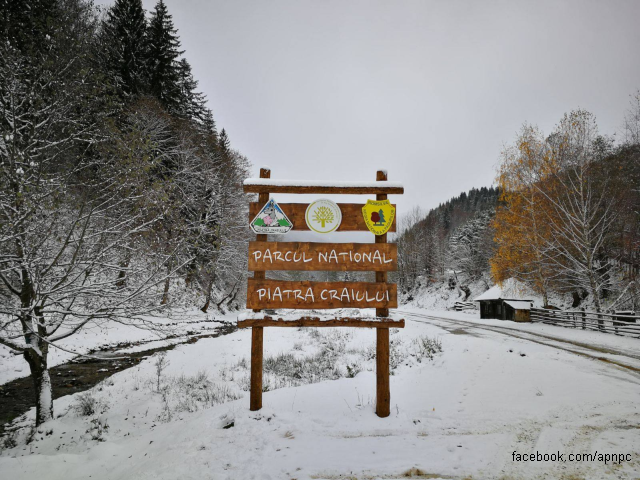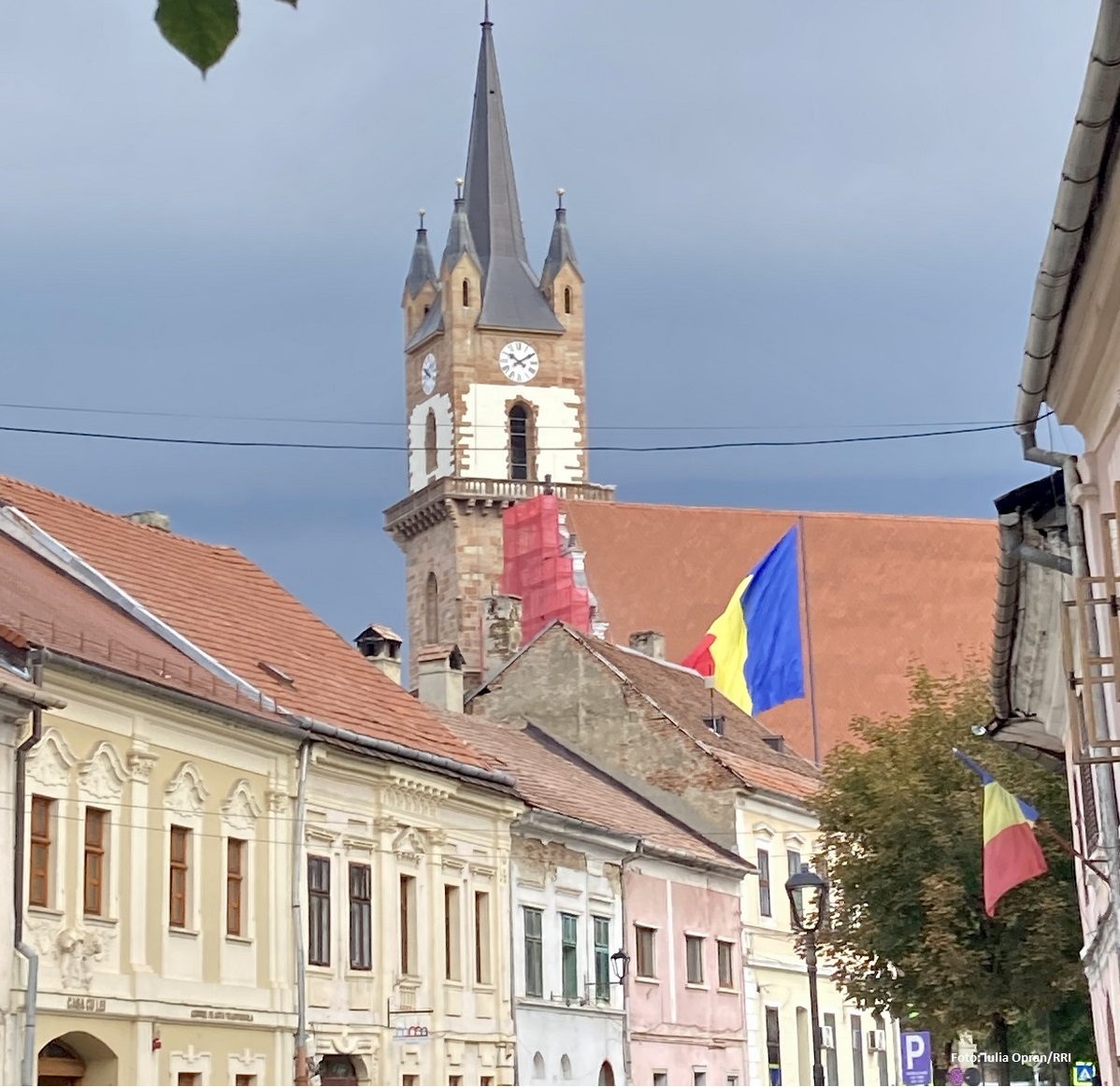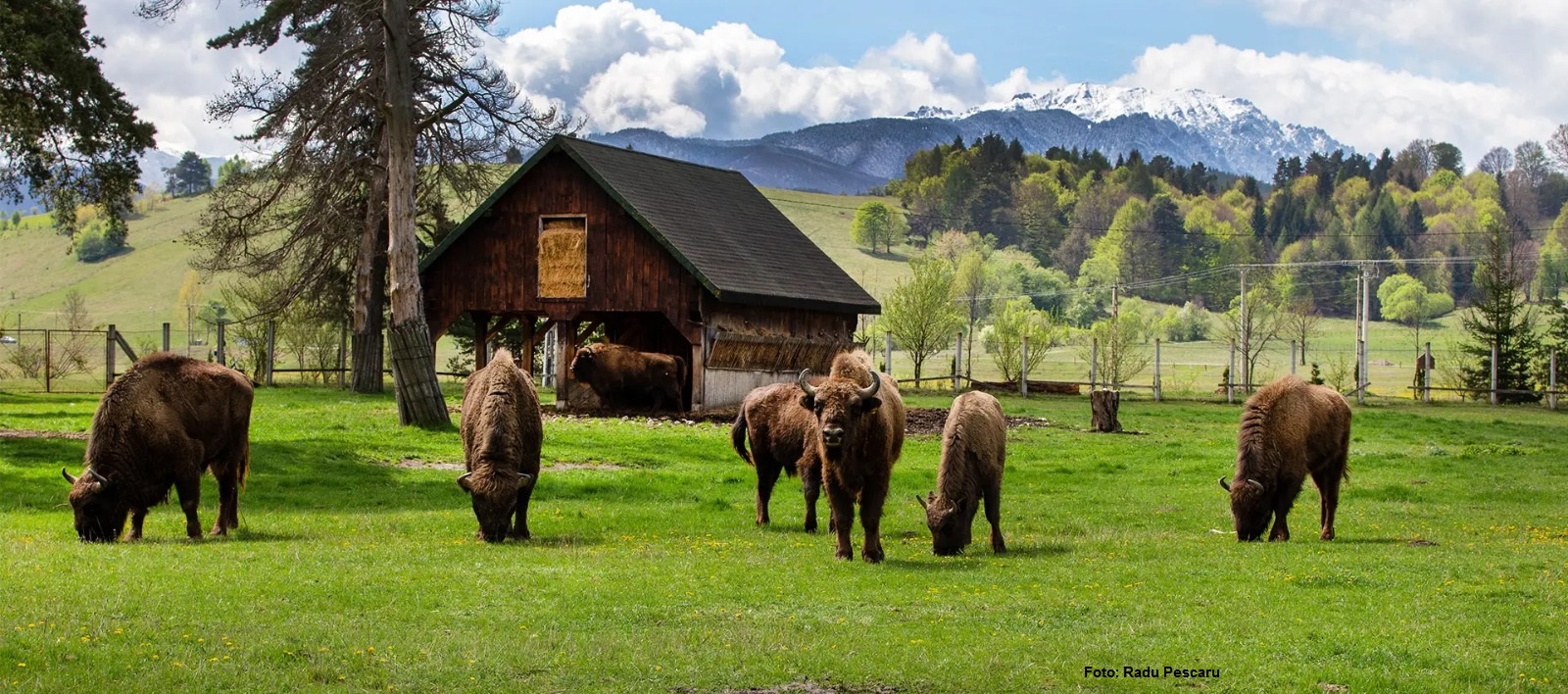Piatra Craiului National Park
Covering 15 thousand hectares, the park is home to around 12 hundred species of plants, which is one third of the total number of plant species in Romania.

Daniel Onea, 16.11.2017, 13:56
Covering 15 thousand hectares, the park is home to around 12 hundred species of plants, which is one third of the total number of plant species in Romania. This natural heaven, located 200 kilometers north of the capital Bucharest, covers two counties, Brasov and Arges and boasts one of the most spectacular massifs in Romania. Due to its diverse fauna and flora, the area was declared a nature reserve as early as 1938. Tourists and experts alike agree that Piatra Craiului National Park is one of the most beautiful such parks in Romania.
Mircea Verghelet, head of the Park’s administration, tells us more about it: “This is the only area with altitudes of over 2 thousand meters, having chalk as the main rock. Chalk creates a spectacular relief in all massifs in Romania, but its dimensions in Piatra Craiului are quite impressive. The western cliff, in particular, the so-called western side of the mountain, boasts a number of steep chalk walls. The most spectacular mountain routes are also found here. There is also a mountain route unique in Romania, because it crosses the mountain peaks, revealing breathtaking landscapes that make the physical effort of getting there worthwhile.”
The visitor center of the Piatra Craiului National Park is practically a museum of the massif, offering information about the park’s area, the species of flora and fauna and the local traditions. Mircea Verghelet: “The visitor center is made up of many interactive elements. There are interactive dioramas and also a 3D model of the mountain that comes to life due to a projector installed on the ceiling. First of all, we have maps of the tourist routes and shelters in the park, the types of soil, habitats and so on. The information is also available in English while the digital information displayed on the screens and the panels in the visitor center are bilingual, in Romanian and English.”
The most visited tourist objective in the area of the Piatra Craiului National Park is a medieval fortress built in the 14th century, which has been preserved very well — the Bran Castle. Erected on a rock, 40 meters above the ground, the castle has four floors and four towers and is completely asymmetrical.
Bogdan Balmus, a PR manager of the Bran Castle, tells us more about it: ”Romania’s most visited tourist objective is Bran Castle. It is a lively spot, telling its tales with passion and professionalism. And by that we mean the beautiful tales with knights and damsels from the medieval period, the beautiful history written by Queen Marie, to whom Bran castle owes its existence. It is Queen Marie that made Bran Castle what it is today. Of course, we also have the legend of Dracula, which attracts a great number of foreign tourists. We have been trying to add new elements every year, new stories and events that we meant to attract tourists. Moreover, we have recently reopened the Tea House. It was renovated to its former state as designed by Queen Marie. It is a special place, where people can spend wonderful moments. Also, we have continued restoration works at the castle. We completed the restoration of the south-eastern façade. Last but not the least, our visitors are in for a big surprise. It is the castle’s elevator, for which renovation and restoration works are in full swing. What we can tell you for the time being is that it will provide a multimedia show unique in South-Eastern Europe.”
The Zarnesti Gorges make another access point to the Piatra Craiului National Park. The gorges, with 200-meter high walls, are the perfect place for mounting climbing and escalade. Dozens of trekking routes have been created here, of which the longest has 115 meters. Those who are not that much into adventure tourism are invited to visit the bears’ sanctuary in Zarnesti. Unique in Romania, the reserve covers 70 hectares, being the largest such reserve in Eastern Europe.






























